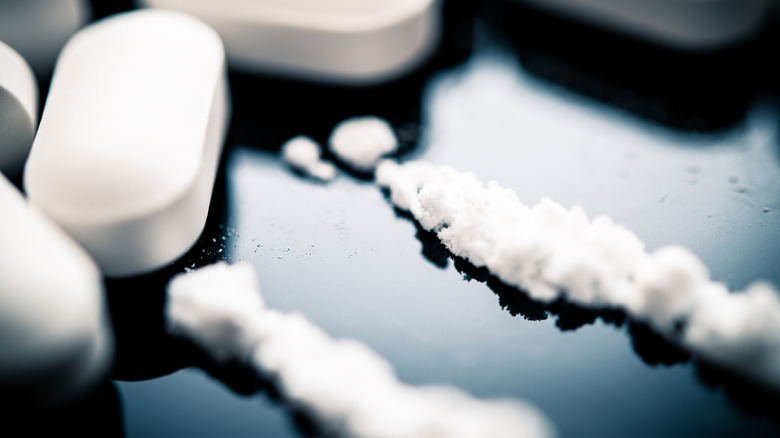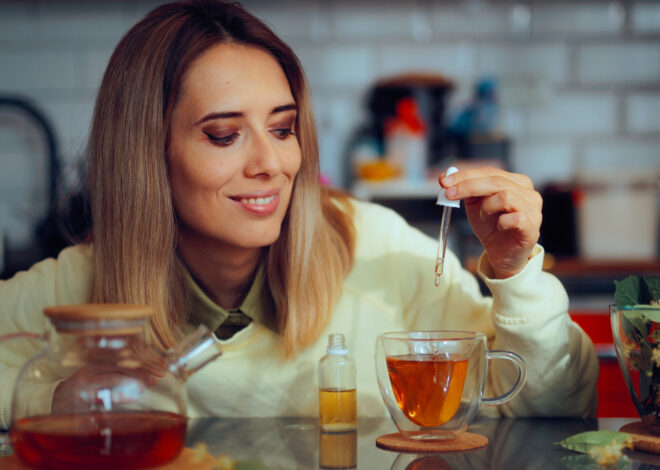
What Is ‘Pink Cocaine’? Doctor Tells Us Ugly Truth About The Drug Tangled Up In Liam Payne’s Death – Health Digest
One Direction singer Liam Payne reportedly had a mix of methamphetamines, ketamine, and MDMA in his system when he fell from a Buenos Aires hotel balcony and died, according to an initial toxicology report (via ABC News). This recreational mix of drugs is known as “pink cocaine,” which means it’s not simply a differently-colored version of the street drug you’re probably already familiar with.
Pink cocaine has a different chemical makeup than cocaine, according to Dr. Jason Singh, Chief Medical Officer of One Oak Medical Group. He tells Health Digest that standard cocaine is derived from coca leaves, but pink cocaine is a synthetic phenethylamine (stimulant). Pink cocaine is also usually literally pink — it gets its color from added dyes.
“Pink cocaine acts as a serotonin and dopamine agonist, similar to some psychedelics, and thereby causing hallucinations, altered sensory perception, and also euphoria,” Singh said. “Both compounds [pink and standard] can cause dangerous arrhythmias which can be fatal, cause hypertensive crisis, and increased risk of a heart attack and stroke.”
According to the Associated Press, Argentine police found alcohol, clonazepam (a high-potency benzodiazepine), and other over-the-counter medications in his hotel room. Singh says pink cocaine can cause seizures if taken with alcohol, and that’s not the only serious contraindication. “[Pink cocaine] can also increase the concentration of antidepressants and anti-anxiety meds if folks are on it, thereby increasing their level of toxicity,” he further explained.
Here’s why you should always be completely honest with your doctor about any drug use.
The mix of drugs in pink cocaine is unpredictable
Pink cocaine is also known as “tucibi” or “2C-B,” which was created by biochemist Alexander Shulgin. Shulgin is famously known for creating MDMA, also called ecstasy (per The Guardian). Modern cocktails of pink cocaine, however, rarely have 2C-B, but instead mix a variety of synthetic drugs such as MDMA, ketamine, and amphetamines. Some pink cocaine will contain the highly addictive fentanyl. The fact that a pink cocaine user doesn’t always know what will be in each concoction makes it particularly risky, according to the UK Addiction Treatment Center. It can also be highly addictive.
Pink cocaine attracts users because it’s both a stimulant and hallucinogenic. The combination of multiple drugs also makes it more affordable for people who frequent club scenes, and it became popular during the COVID-19 pandemic as more people turned to drugs to deal with social isolation. Long-term use of pink cocaine, though, puts you at risk for depression, anxiety, and psychosis.
“The most concerning aspects for me as a medical professional is the frequent misidentification between [cocaine and pink cocaine] and the misconception that pink cocaine is “safer” due to its colorful appearance,” Singh said. “I must emphasize that both substances carry significant health risks and potential for fatal complications.”
If you or anyone you know needs help with addiction issues, help is available. Visit the Substance Abuse and Mental Health Services Administration website or contact SAMHSA’s National Helpline at 1-800-662-HELP (4357).




